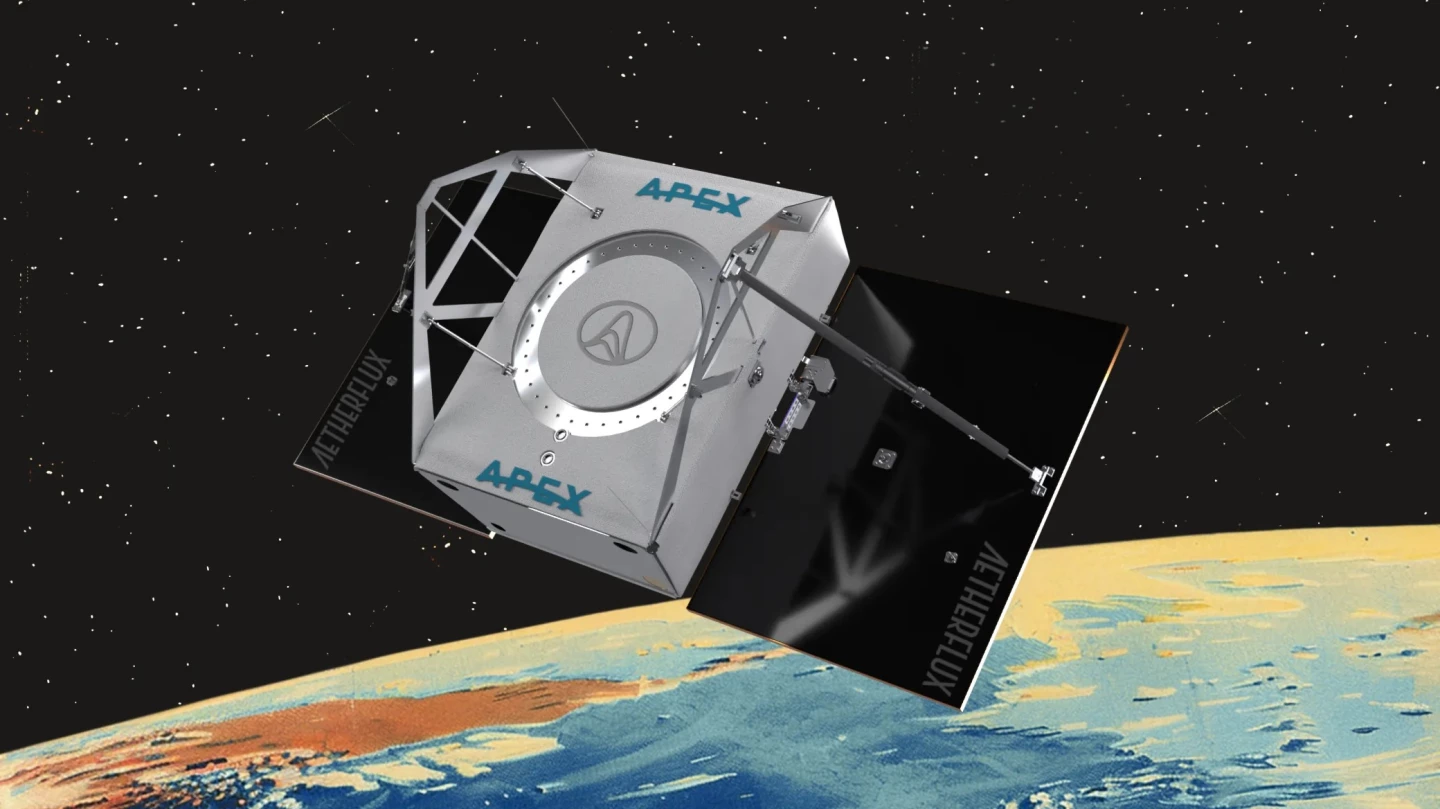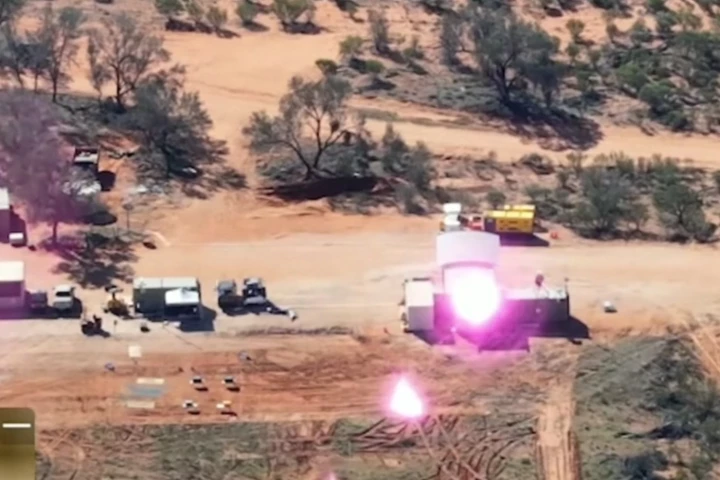Space solar power, or what I like to call Starlink for electricity, is at once a ludicrous idea and a bit of a pipe dream. None of that is stopping Baiju Bhatt from giving it a go.
The billionaire co-founder of financial services app Robinhood has a new startup called Aetherflux focused purely on beaming solar power from satellites to receivers on Earth. Having announced it last year, Bhatt has now raised US$50 million in Series A funding from a clutch of Silicon Valley investors, and aims to launch a test next year.
We've heard about other efforts to deliver solar energy to Earth in the last couple of years. In 2022, China built a 246-ft (75-m)-tall 'ground verification system' to enable research into processes involved in receiving wirelessly transmitted solar power. In January of this year, it revealed a plan to build a solar power station in space measuring 0.6 miles wide (1 km).
The European Space Agency is also on the case, as is a UK-based startup in collaboration with Iceland. And in 2023, the California Institute of Technology, aka Caltech, successfully demonstrated a system to collect and beam a small amount of power from a satellite to a ground receiver using microwaves.
Aetherflux claims it's already successfully managed power transmission in a lab setting. However, it plans to do things a bit differently: "We’re building a constellation of small satellites in Low Earth Orbit, working together to transmit power to many small ground stations. Instead of transmitting power through microwaves, we’ll use infrared lasers, allowing for higher power output and smaller footprints on Earth."
Bhatt told TechCrunch that the company will create portable 'ground stations' about 5-10 m (16-32 ft) in diameter to help bring electricity to locations around the world.
Aetherflux's angle is to harness the Sun's energy and beam it to remote islands, areas struck by natural disasters, and to US military forces in active operations around the world. The company heavily emphasizes that last bit in its spiel, and has secured approval for its program to be supported this financial year by the US Department of Defense's Operational Energy Capability Improvement Fund (OECIF).
No matter how you slice it, space solar is difficult. Our own David Szondy goes into some detail about how it works and why that's the case in this piece.
Science YouTuber Sabine Hossenfelder is skeptical about the tech because of major challenges like the satellites facing potentially damaging temperature fluctuations in Earth’s shadow a few times a year, and the need for ultra-precise beam synchronization on intricately assembled power transmitters.
Nevertheless, Aetherflux is gearing up to use a satellite bus – a satellite's core system that supports key functions including propulsion and communication – from Los Angeles-based spacecraft platform provider Apex Space.

With a total of $60 million in funding and the US Military's blessing, the company aims to launch a demonstration in Low Earth Orbit sometime in 2026.
Source: Aetherflux / Medium





